A pronoun is a word used in place of a noun to avoid repeating the same noun multiple times in a sentence. It’s a crucial part of English grammar that you’ll encounter often. Understanding pronouns is essential for constructing clear and concise sentences.
This article will explore how pronouns function and their purpose in sentences. We’ll also include pronoun examples to help us understand their role more effectively.
What is a Pronoun?
A pronoun is a word that takes the place of a noun. It helps us avoid repeating the same words too much. So instead of saying “John” many times, we can say “he.” It makes talking and writing simpler.
Types of Pronouns
Pronouns are special words that do different jobs in sentences. There are different types of pronouns, each with its job. Look at the examples to understand what each type of pronoun does.
1. Personal Pronouns
These words replace specific names or nouns representing people, animals, places, or things. They change based on the person (who is speaking, who is being spoken to, or who or what is being talked about) and number (whether it’s singular or plural). Let’s explore each category:
- First-person: These are pronouns used by the speaker to refer to themselves (I, me, my, mine, we, us, our, ours).
- Second person: These are pronouns used to address someone directly (you, your, yours).
- Third person: These are pronouns used to talk about someone or something else (he, she, it, him, her, his, hers, its, they, them, their, theirs).
- Example: She is reading a book.
2. Possessive Pronouns
These pronouns show ownership or possession without an apostrophe. They replace possessive nouns and indicate who something belongs to. Let’s see them in action:
- Singular: mine, yours, his, hers, its.
- Plural: ours, yours, theirs.
- Example: This book is mine.
3. Demonstrative Pronouns
These pronouns point to specific people, places, or things. They help indicate whether something is close or far in distance or time. Here are the different forms:
- Singular: this (close) and that (far).
- Plural: these (close) and those (far).
- Example: These are my shoes.
4. Reflexive Pronouns
These are pronouns that reflect the subject of the sentence. They’re used when the subject and object are the same. They usually end in “-self” or “-selves.” Let’s check them out:
- Singular: myself, yourself, himself, herself, itself.
- Plural: ourselves, yourselves, themselves.
- Example: She did it herself.
5. Relative Pronouns
These pronouns connect parts of sentences and help avoid repeating the same words. They introduce relative clauses, providing more information about a noun. Here’s what they look like:
- Examples: who, whom, whose, which, that.
- Example: The book that I read is interesting.
6. Interrogative Pronouns
These pronouns ask questions and help gather information. They’re used to finding out more about someone or something. Here they are:
- Examples: who, whom, whose, which, what.
- Example: Who is at the door?
7. Indefinite Pronouns
These pronouns refer to nonspecific people or things. They don’t point out particular individuals or items. Let’s see them in action:
- Singular: everybody, anybody, nobody, somebody.
- Plural: all, some, any, none.
- Example: Everybody loves cake.
8. Reciprocal Pronouns
These pronouns indicate a mutual action or relationship between two or more people or things. They show that actions or feelings are shared. Here they are:
- Examples: each other, one another.
- Example: They helped each other.
Pronouns Chart
This comprehensive pronoun chart helps understand and use pronouns correctly in sentences.
| Subject Pronouns | Object Pronouns | Possessive Adjectives | Possessive Pronouns | Reflexive Pronouns | |
| First Person | |||||
| Singular | I | me | my | mine | myself |
| Plural | we | us | our | ours | ourselves |
| Second Person | |||||
| Singular | you | you | your | yours | yourself |
| Plural | you | you | your | yours | yourselves |
| Third Person | |||||
| Singular | he | him | his | his | himself |
| she | her | her | hers | herself | |
| it | it | its | its | itself | |
| Plural | they | them | their | theirs | themselves |
Types of Pronoun Chart
This chart provides a clear overview of the different types of pronouns and their functions in sentences.
| Pronoun Type | Examples | Function |
| Personal Pronouns | I, you, he, she, it, we, they | Replace specific names or nouns |
| Possessive Pronouns | mine, yours, his, hers, ours, theirs | Show ownership or possession |
| Demonstrative Pronouns | this, that, these, those | Point to specific people, places, or things |
| Reflexive Pronouns | myself, yourself, himself, herself, itself, ourselves, yourselves, themselves | Reflect on the subject of the sentence |
| Relative Pronouns | who, whom, whose, which, that | Connect parts of sentences |
| Interrogative Pronouns | who, whom, whose, which, what | Ask questions |
| Indefinite Pronouns | everybody, anybody, nobody, somebody, all, some, any, none | Refer to nonspecific people or things |
| Reciprocal Pronouns | each other, one another | Indicate mutual action or relationship |
Examples of Pronouns used in Sentences
Pronouns are words that can substitute for nouns in a sentence. Here are some examples of pronouns used in sentences:
- I am going to the store.
- You should try this new restaurant.
- He is studying for his exam.
- She loves to sing in the choir.
- It is raining outside.
- We are going on vacation next week.
- They are playing soccer in the park.
- John and Mary went to the movies together.
- My cat likes to sleep on the windowsill.
- Are you bringing your camera to the party?
- That book is fascinating.
- These cookies are delicious.
- The dog wagged its tail happily.
- She made the cake all by herself.
- They went to the beach and had a picnic.
- Who is coming to the party tonight?
- Whose bag is this?
- Everybody enjoyed the concert.
- Somebody left their keys on the table.
- All the students need to bring their textbooks to class.
- Each of the children received a gift.
- Nobody knows the answer to the question.
- Somebody called you while you were out.
- The cat licked its paw and then fell asleep.
- Each student must complete their assignment by Friday.
- It would help if you took care of yourself.
- She looked at herself in the mirror.
- We all had a great time at the party.
- They are going to the museum this weekend.
- My sister and I went shopping downtown.
- Are you going to bring your umbrella?
- That movie was really scary.
- These shoes are too tight.
- The cat chased its tail around in circles.
- She painted the picture all by herself.
- They sang songs around the campfire.
- Who is responsible for cleaning up this mess?
- Whose turn is it to do the dishes?
- Everybody needs to bring their snacks to the picnic.
- Somebody left their jacket in the car.
- Each of the students must write their essay.
- Nobody likes to be left out.
- Somebody called for you while you were out.
- The puppy chased its tail in circles.
- Each child should clean up their toys.
- It would help if you took care of yourself when you’re sick.
- She did the project all by herself.
- They went on a hike through the mountains.
- My brother and I rode our bikes to the park.
- Are you going to bring your camera to the wedding?
You May Also Like to Read

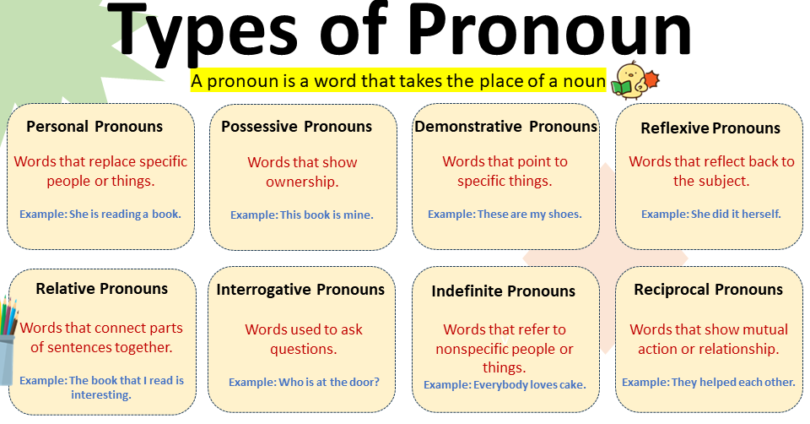


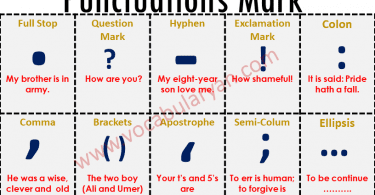
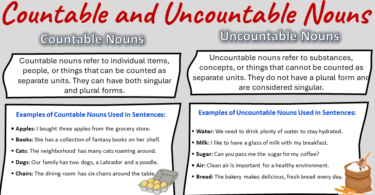
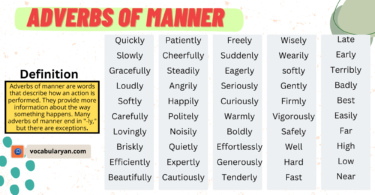
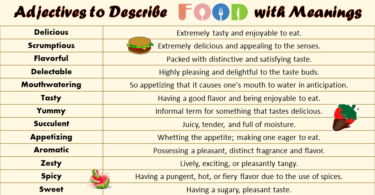
Leave a Comment